Understanding the smoke points of cooking oils is one of the most critical parts of cooking and can save you some serious headaches in the kitchen. There’s nothing worse than prepping to cook a dish you’re excited about, only to turn around to see plumes of smoke billowing from a skillet of oil. That, my friend, is called the smoke point of oil, and you have reached it.
While some cooking oils are ideal for higher temps, others are better for raw applications and adding depth/flavor to a dish. Determining oil smoke points doesn’t have to be a mystery; let’s break it down.
What is an Oil Smoke Point?
Scientifically speaking, a cooking oil’s smoke point is the temperature at which the oil’s fatty acids begin to break down under heat and react to oxygen, oxidizing your oil. Visually, the oil will move beyond a shimmering state and begin to smoke, leaving you a potent and bitter aroma and taste.
Smoke Point = the highest a cooking oil or fat can go before it starts smoking and breaking down.
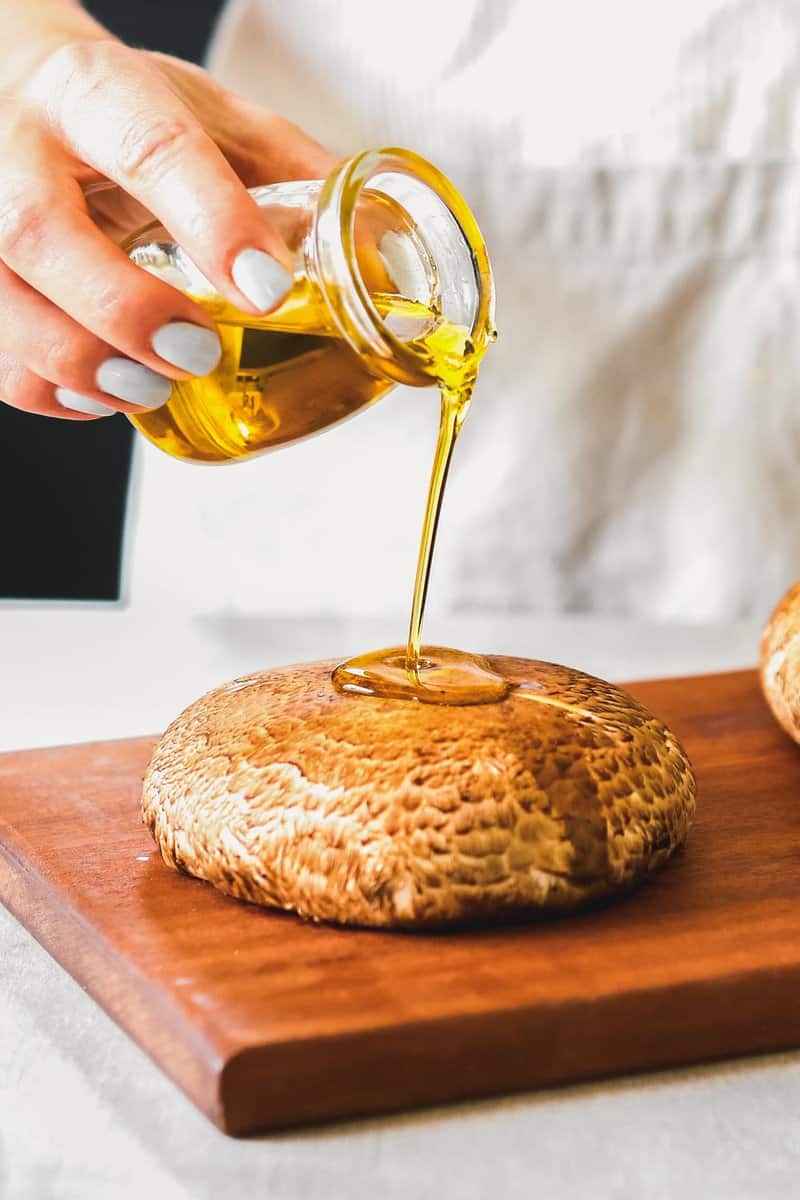
Why Does an Oil Smoke Point Matter?
Smoke points define how an oil can be used. If you find yourself reaching for olive oil to deep fry tortilla chips, you’re going to have a kitchen full of smoke in no time. All cooking oils are not created equal, and many will reach their smoking point before reaching the temperature needed to achieve your desired cooking method.
The taste of your food is important, but so is your health! Cooking oils that are heated past their smoke point result in a breakdown of fat and release free radicals, known to cause illness and increase the risk of disease, such as heart disease.
Healthwise, burnt oil has also been linked to carcinogenic compounds associated with cancer-causing chemicals. When you know which cooking oil to choose, you can create healthier and better-tasting food.
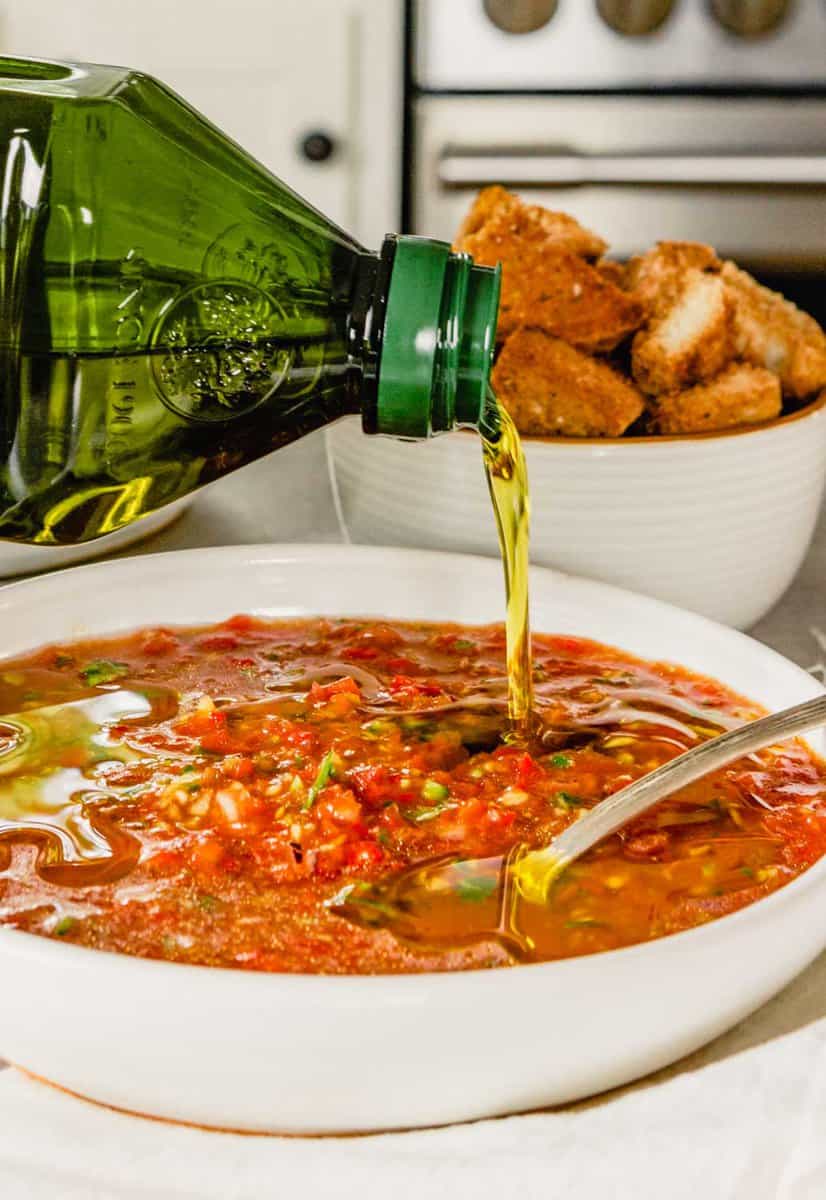
Specific Oil Smoke Points
| Oil Type | Smoke Point | Cooking Heat | Neutral? |
| Avocado Oil, Refined | 520-570ºF (271-299ºC) | High | Yes |
| Safflower Oil | 510ºF (265ºC) | High | Yes |
| Soybean Oil | 450-495ºF (230-257ºC) | High | Yes |
| Ghee, Clarified Butter | 450ºF (230ºC) | High | No |
| Peanut Oil | 440-450ºF (227-230ºC) | High | Yes |
| Sunflower Oil | 440ºF (230ºC) | High | Yes |
| Olive Oil, Refined/Light | 425-465ºF (218-241ºF) | High | Yes |
| Corn Oil | 410-450ºF (210-230ºC) | High | Yes |
| Vegetable Oil | 400-450ºF (204-230ºC) | High | Yes |
| Canola Oil | 400-450ºF (204-230ºC) | High | Yes |
| Beef Tallow | 400ºF (205ºC) | Medium-High | No |
| Grapeseed Oil | 390ºF (195ºC) | Medium-High | Yes |
| Avocado Oil, Unrefined | 375-400ºF (190-205ºC) | Medium-High | No |
| Chicken Fat, Schmaltz | 375ºF (190ºC) | Medium | No |
| Lard | 370ºF (185ºC) | Medium | No |
| Vegetable Shortening | 360ºF (180ºC) | Medium | Yes |
| Sesame Oil | 350-410ºF (175-210ºC) | Medium | No |
| Coconut Oil, Extra Virgin | 350ºF (177ºC) | Medium | No |
| Extra-Virgin Olive Oil | 325-375ºF (165-190ºC) | Medium | No |
| Butter, Unsalted & Salted | 300-350ºF (149-175ºC) | Medium | No |
Unrefined vs Refined
Generally speaking, oils left in their natural state are labeled as unrefined, cold-pressed, raw, virgin, etc. These oils retain their natural flavors better than refined and processed oils, as well as their minerals and nutrients.
Unrefined oils also have a lower smoke point, which makes them unable to handle high-heat cooking methods. Think coconut oil, extra-virgin olive oil, or unrefined sesame oil; they add a punch of flavor to dishes but aren’t what you use to sear a steak. The smoke point will be too low, and the flavors will be unbalanced.
On the flip side, clarified and refined oils have been stripped of their fatty acid content via processing and are therefore more resistant to higher temperatures, meaning it has a higher oil smoke point.
The process of refinement also creates a more neutral-tasting, longer-shelf life oil. Refined vegetable oils typically have the highest smoke points, so reach for the avocado or canola oil when you’re searing that steak.
Test Kitchen Tip
- A good rule of thumb: plant-based fats generally have a higher smoke point than animal-based fats. The exception being extra-virgin olive oil, which you should treat like you do butter. Use it to impart flavor, not for high-heat cooking.
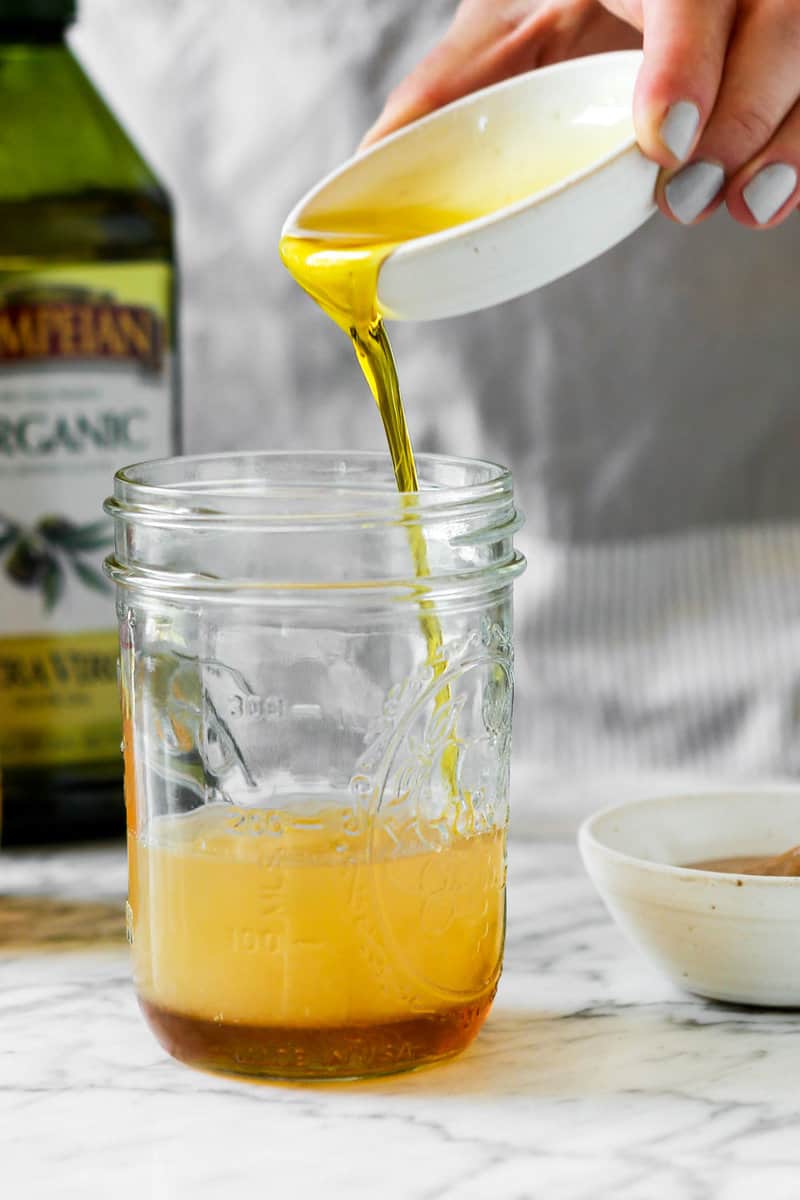
Choosing an Oil
Choosing a cooking oil has three main factors
- smoke point
- flavor
- nutritional value
Flavor and nutritional value are personal preference. Here at ZK we cook with olive oil 90% of the time. But there’s a time, place and preference for each of these cooking oils/fats.
When it comes to stir-frys (our stove-top pork bulgogi is a good example) or fried rice, we recommend a mid- to high-smoke point oil. Anything with a smoke point around 400ºF will work wonders in getting those veggies cooked in a short amount of time. Use as grapeseed, avocado or canola oil (all neutral oils) to cook the veggies and protein then finish the dish with a drizzle of sesame oil for flavor.
If you’re sauteing vegetables over moderate heat, reach for olive oil or avocado oil–anything with a smoke point around 350ºF or above.
When it’s time for onion rings or donuts, we recommend a high-heat cooking oil just as peanut oil, soybean oil or even refined avocado oil. An oil with a smoke point of 425ºF or more will get you that perfect golden brown color with no burnt smell or taste.
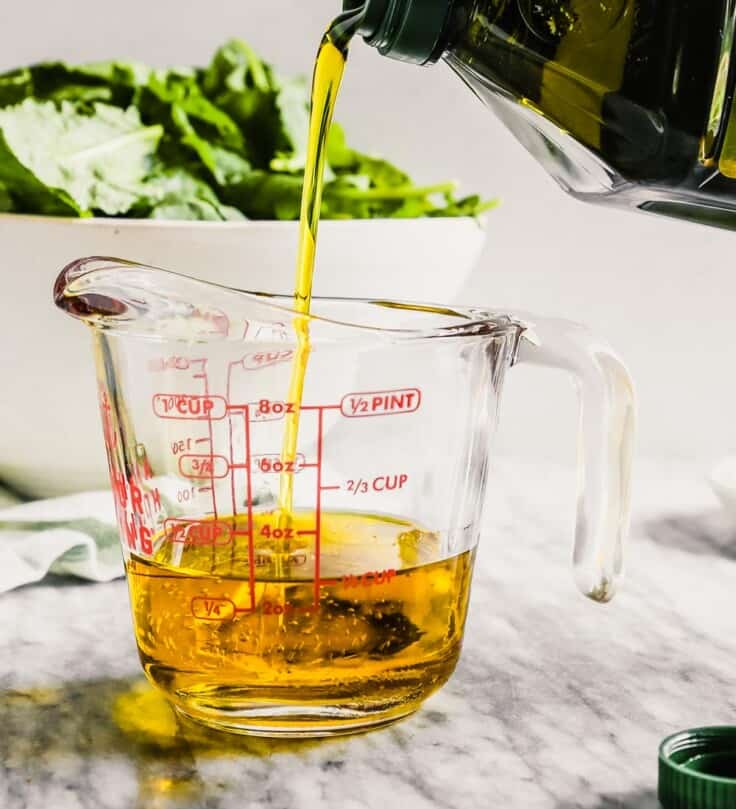
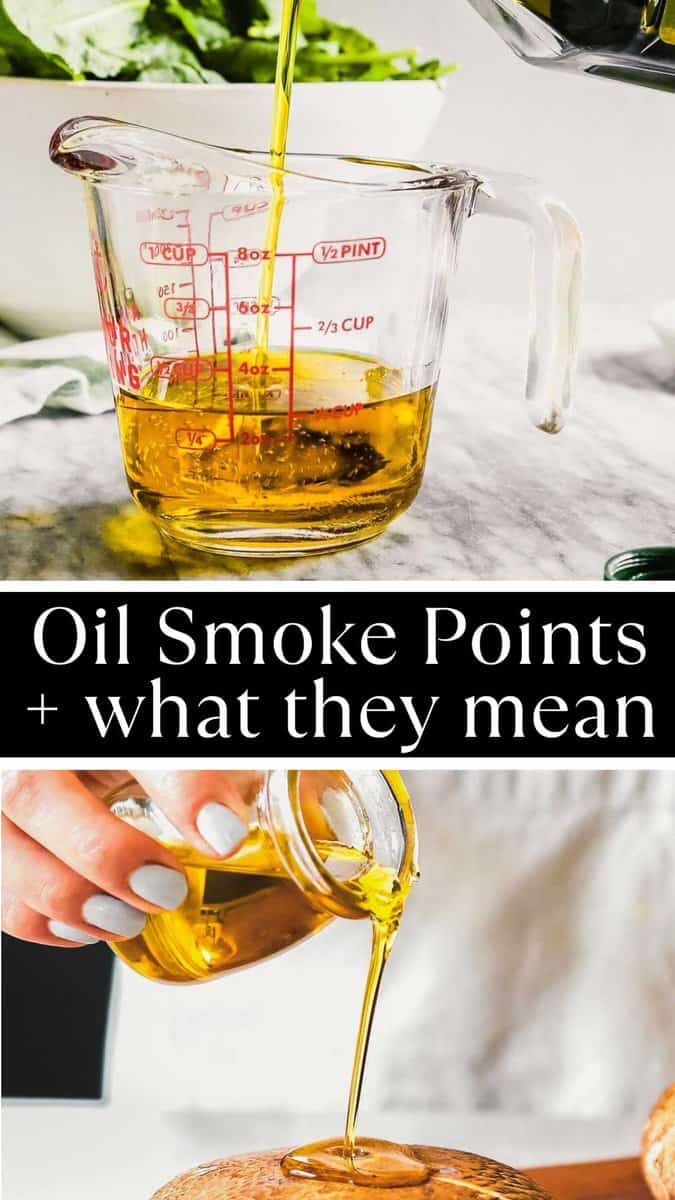

Hi Lauren, love this article, explanations and your writing. As a wok cooking teacher and blogger, I’m constantly asked which oils are best for high heat cooking. I was surprised you mentioned seed oils is OK for high heat cooking. We now know seed oils are highly processed and wreaks havoc with our gut biome, definitely has with mine. Everytime I eat out, I get bloating. People and restaurants use them thinking they are healthy but also because it’s cheap cause they mix oils. I hope you’ll check out the latest on seed oils by functional doctors. It’s inflammatory and not good for us. Just want to help people cook and eat healthy.